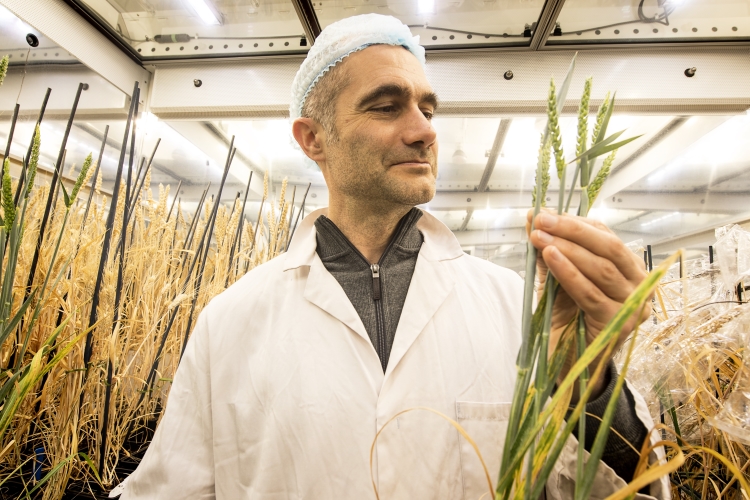Pioneering new technology is set to accelerate the global quest for crop improvement in a development which echoes the Green Revolution of the post war period.
The speed breeding platform developed by teams at the John Innes Centre, University of Queensland and University of Sydney, uses a glasshouse or an artificial environment with enhanced lighting to create intense day-long regimes to speed up the search for better performing crops.
Using the technique, the team has achieved wheat generation from seed to seed in just 8 weeks. These results appear today in Nature Plants.
This means that it is now possible to grow as many as 6 generations of wheat every year a threefold increase on the shuttle-breeding techniques currently used by breeders and researchers.
For many years the improvement rates of several staple crops have stalled, leading to a significant impediment in the quest to feed the growing global population and address the impacts of climate change.
This technique uses fully controlled growth environments and can also be scaled up to work in a standard glass house. It uses LED lights optimised to aid photosynthesis in intensive regimes of up to 22 hours per day.
LED lights significantly reduce the cost compared to sodium vapour lamps which have long been in widespread use but are ineffective because they generate much heat and emit poor quality light.
The international team also prove that the speed breeding technique can be used for a range of important crops. They have achieved up to 6 generations per year for bread wheat, durum wheat, barley, pea, and chickpea; and four generations for canola (a form of rapeseed). This is a significant increase compared with widely used commercial breeding techniques.
Speed breeding, when employed alongside conventional field-based techniques, can be an important tool to enable advances in understanding the genetics of crops.
